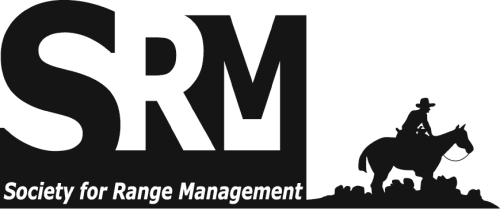Cheatgrass (Bromus tectorum) germinates in the fall and early spring when other plants are dormant. This allows the plant to fill in space, use available nutrients, and outcompete neighboring plants. Sandberg's bluegrass (Poa secunda) germinates concurrently with cheatgrass. The phenological similarities of Sandberg's bluegrass and cheatgrass suggest that adult Sandberg's bluegrass is a strong competitor with cheatgrass. Here, we examine how different populations of Sandberg's bluegrass compete with cheatgrass at the seedling stage. We examined the growth characteristics of seedlings of seven field-collected populations of Sandberg's bluegrass and cheatgrass at two different temperature regimes. We placed 50 seeds per biotype in germination pouches in a growth chamber for three weeks in a high (20C day and 10C night) and low (10C day and 5C night) temperature setting. We monitored pouches every two days and recorded germination timing. Once roots were visible, we scanned each pouch and analyzed root length every two days. After three weeks, we harvested and scanned each plant and measured final root and shoot length. The germination timing and root length differed between biotypes. Populations of Sandberg's bluegrass which exhibited early germination and faster growth rates could have a better chance at establishment when in competition with cheatgrass. Populations with greater growth rates in cooler temperatures could potentially be planted in fall and fill niche space which could otherwise be taken up by cheatgrass.

Oral presentation and poster titles, abstracts, and authors from the Society for Range Management (SRM) Annual Meetings and Tradeshows, from 2013 forward.